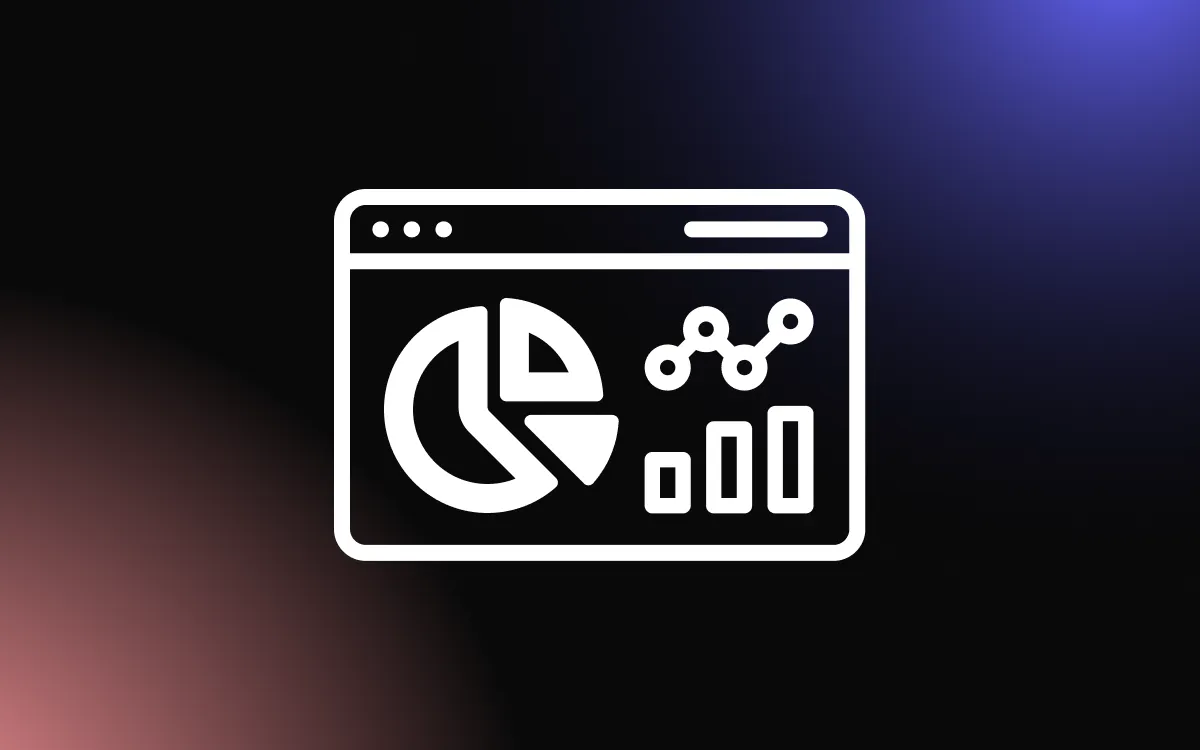
Content strategy is the blueprint that guides your content creation efforts, ensuring that every piece of content serves a purpose and contributes to your overall business goals. It's about creating meaningful, cohesive, engaging, and sustainable content that not only resonates with your audience but also drives action.
This article will serve as your guide to content strategy, providing you with the foundational knowledge to build a successful content strategy. We'll explore the key components of a content strategy, from understanding your audience and setting clear objectives, to creating a content calendar and measuring success.
Whether you're a seasoned content creator or a business owner looking to enhance your online presence, this article will equip you with the insights to create a content strategy that drives engagement, improves SEO, optimizes your website, and ultimately, increases conversions.
Understanding Content Strategy

Definition of Content Strategy
Content strategy is the planning, development, and management of content — written or in other media. Think of it as the blueprint guiding your company's creation, delivery, and governance of useful, usable content.
It's not just about churning out blog posts or social media updates; it's about ensuring that every piece of content serves a purpose, aligns with your brand, and ultimately, brings value to your audience.
The Role of Content Strategy in Digital Marketing
In the realm of digital marketing, content strategy takes center stage. It's the backbone that supports your marketing efforts, helping you attract, engage, and retain customers.
A well-crafted content strategy can boost your visibility on search engines, foster trust and credibility, and drive conversions. It's about telling your brand's story in a way that resonates with your audience, and delivering the right content, to the right people, at the right time.
Key Components of a Content Strategy
A robust content strategy typically includes several key components. First, there's the content audit, where you evaluate your existing content to identify what's working and what's not. Then, there's the audience analysis, where you gain insights into your target audience's needs, preferences, and content consumption habits.
Next, you have the content creation process, where you plan, produce, and publish content that aligns with your brand and audience's needs. This is followed by content promotion, where you leverage various channels to get your content in front of your audience.
Finally, there's the measurement and analysis phase, where you track key metrics to assess the performance of your content and make necessary adjustments.
Steps to Building a Content Strategy

Define Your Goals
The first step in building a content strategy is to define your goals. What do you want to achieve with your content? Your goals could range from increasing brand awareness, driving traffic to your website, generating leads, or boosting sales. It's important to set clear, measurable goals that align with your overall business objectives.
This will help guide your content strategy and provide a benchmark against which you can measure your success.
Know Your Audience
Understanding your audience is crucial in content strategy. You need to know who they are, what they're interested in, what problems they're facing, and how your product or service can help them. This involves creating buyer personas — detailed descriptions of your ideal customers, including their demographics, interests, behaviors, and pain points.
You can gather this information through market research, surveys, interviews, and analyzing your website and social media analytics. Knowing your audience will help you create content that resonates with them, meets their needs, and ultimately, drives them to take action.
Conduct a Content Audit
A content audit involves evaluating your existing content to identify what's working and what's not. This includes all types of content — blog posts, social media updates, videos, ebooks, etc. Look at key metrics like page views, shares, comments, conversion rates, and SEO rankings to assess the performance of each piece of content.
The goal of a content audit is to identify gaps in your content and opportunities for improvement. It can help you understand what types of content resonate with your audience, which topics they're interested in, and what formats they prefer. This information can guide your content creation efforts moving forward.
Choose the Right Content Channels
Once you know your audience and what content works, the next step is to choose the right channels to distribute your content. Your choice of channels will depend on where your audience spends their time and what type of content they consume.
For example, if your audience is primarily on Instagram, you might focus on creating visually appealing content like photos and short videos. If they're on LinkedIn, you might create more professional, industry-related content. Remember, it's not about being on every channel—it's about being where your audience is.
Decide on Content Types
The type of content you create should align with your audience's preferences and your business goals. There are various types of content you can create, including blog posts, videos, infographics, podcasts, webinars, case studies, and more.
For instance, if your goal is to educate your audience about a complex topic, an in-depth blog post or a webinar might be effective. If you want to showcase your product's features, a video or infographic might work better. The key is to choose content types that will best convey your message and engage your audience.
Develop a Content Calendar
A content calendar, also known as an editorial calendar, is a schedule that outlines when and where you plan to publish upcoming content. It helps you plan your content production, keep track of content ideas, ensure consistency, and meet your publishing deadlines.
Your content calendar should include key details like the content topic, format, channel, publishing date, and responsible team members. It can be as simple or as detailed as you need, and it can be created using tools like Google Sheets, Trello, or a dedicated content calendar tool.
Implementing Your Content Strategy

Creating Content
Once you've laid the groundwork for your content strategy, it's time to start creating content. This involves taking the topics you've identified, the content types you've chosen, and turning them into actual pieces of content.
Remember to always keep your audience and your goals in mind as you create content. Your content should be valuable and relevant to your audience, and it should align with the goals you've set for your content strategy.
Also, ensure that your content is high-quality. This means it should be well-written or well-produced, visually appealing, and free of errors. High-quality content is more likely to engage your audience, get shared, and achieve your desired results.
Distributing and Promoting Content
Once your content is created, the next step is to distribute and promote it. This is where your content channels come into play. Publish your content on the channels you've identified as being most relevant to your audience.
But don't just publish your content and forget about it. Promote it actively. This could involve sharing it on your social media channels, sending it to your email list, using SEO to help it get found in search results, or even using paid promotion to reach a wider audience.
Remember, the goal is to get your content in front of as many people in your target audience as possible. So, use all the tools and channels at your disposal to promote your content.
Measuring and Analyzing Content Performance
The final step in implementing your content strategy is to measure and analyze your content's performance. This involves tracking key metrics related to your goals, such as page views, social shares, comments, conversion rates, and more.
Use these metrics to understand how your content is performing. Is it achieving your goals? Is it resonating with your audience? What content types or topics are most successful? Use this information to refine and improve your content strategy.
In addition to these metrics, also pay attention to any feedback or comments from your audience. This can provide valuable insights into what your audience thinks of your content and how you can improve.
Conclusion
In conclusion, building a solid content strategy is a crucial step in ensuring the success of your content creation efforts. It's about creating content that is not just engaging and valuable, but also aligned with your business goals and audience needs.
Remember, a successful content strategy is not set in stone; it's a dynamic plan that evolves with your business, your audience, and the digital landscape. With the insights and strategies shared in this article, you're now well-equipped to build a content strategy that lays the foundation for success. So, let's put these insights into action and create content that not only resonates with your audience but also drives your business forward.


